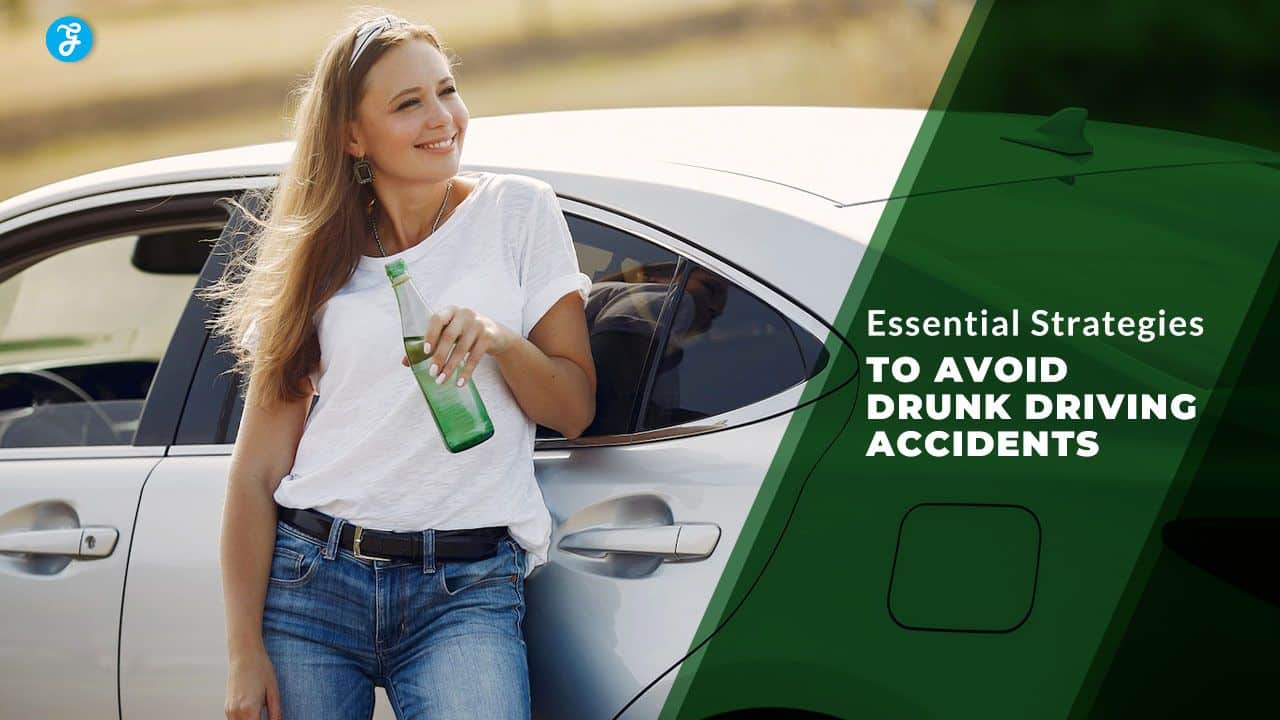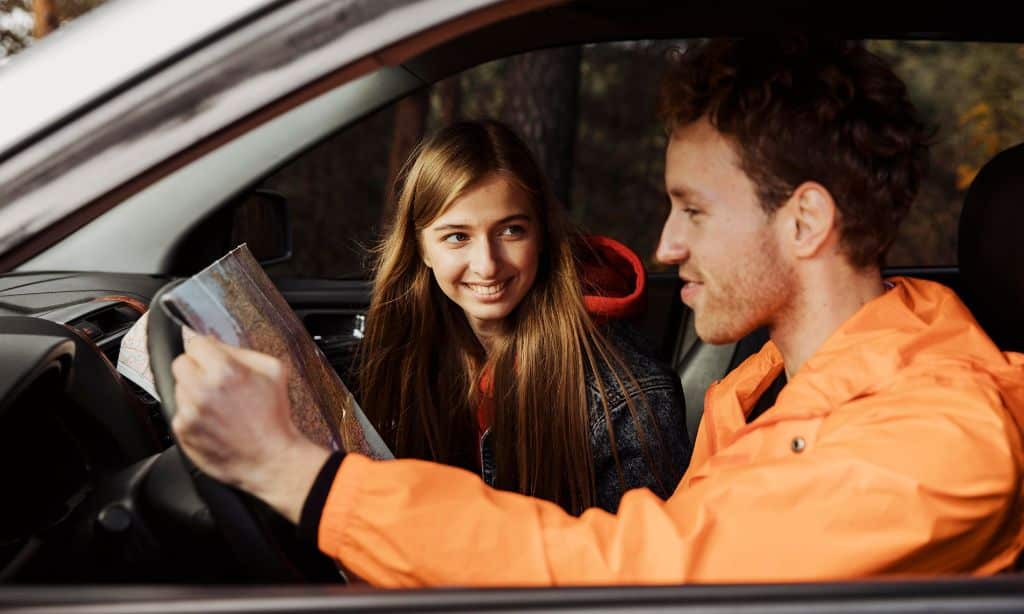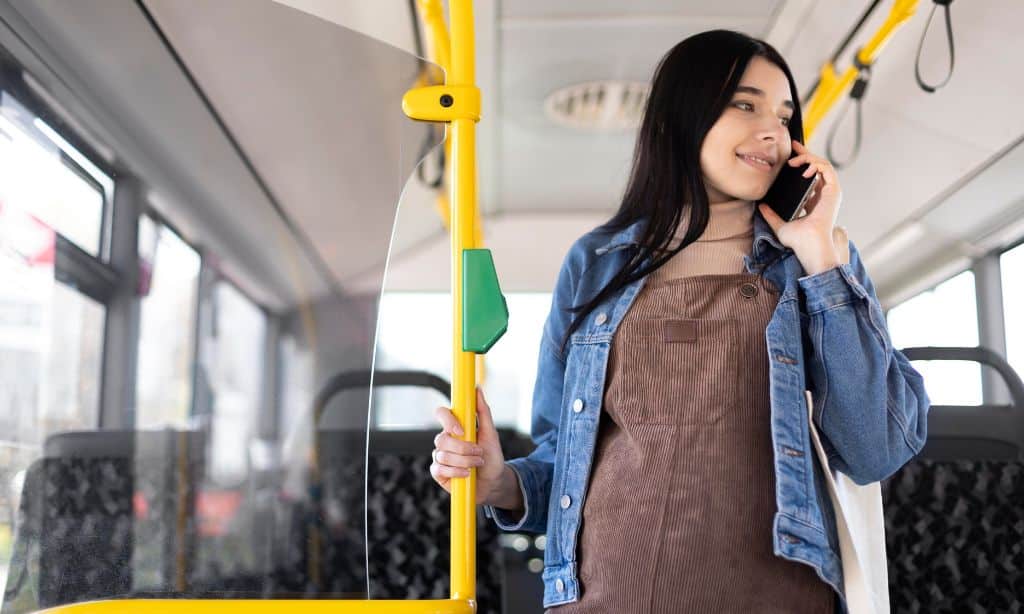Every 45 minutes, someone in the United States loses their life in a drunk driving crash. In 2020 alone, over 11,000 lives were lost due to alcohol-impaired accidents. These tragic deaths are preventable. Every year, thousands of people make the wrong choice in this moment, leading to devastating consequences. But you don’t have to be one of them. In this comprehensive guide, we’ll walk through 15 practical, proven strategies to prevent drunk driving accidents – because every life saved is a family kept whole.
The Reality of Drunk Driving: By the Numbers
Let’s start with some eye-opening statistics that show why this conversation matters:
| Category | Recent Statistics (2020-2023) | Human Impact |
|---|---|---|
| Daily Deaths | 32 people | One death every 45 minutes |
| Annual Deaths | 11,654 | Equivalent to 30 full passenger planes |
| Injuries | 350,000+ | Nearly 1,000 injuries per day |
| Economic Cost | $44 billion yearly | About $120 million daily |
| Children Affected | 231 child deaths | One child lost every 38 hours |
| First-Time Offenders | 85% of cases | Shows it can happen to anyone |
15 Life-Saving Strategies You Can Start Using Today
1. Plan Your Ride Home Before the First Drink
Think of this as your safety insurance policy. Just like you wouldn’t drive a car without insurance, don’t start drinking without a solid plan.
What to Do:
- Save these numbers in your phone right now:
- Three local taxi services
- Two trusted designated drivers
- Your preferred ride-sharing apps
- Set aside a dedicated “safe ride home” fund
- Book a hotel if the venue is far from home
- Pre-schedule your ride-share pickup
Real Impact: People who plan ahead are 75% less likely to drive impaired.
2. Embrace the Rise of Ride-Sharing
Modern technology has made safe rides more accessible than ever. Here’s your smart guide to ride-sharing:
Cost Comparison (Average City Rates):
- Ride-share: $20-30
- Taxi: $25-35
- DUI Cost: $10,000+ (not including potential tragedy)
Pro Tips:
- Set up payment methods in advance
- Share your ride status with friends
- Use trusted services only
- Schedule rides during off-peak hours
- Split costs with friends using in-app features
3. Personal BAC Monitoring Tools
Knowledge is power. Modern technology lets you make informed decisions:
Available Tools:
- Professional-grade breathalyzers ($100-200)
- Smartphone breathalyzer attachments ($30-80)
- BAC calculator apps (Free)
- Digital drink tracking apps (Free)
Accuracy Ratings:
- Professional devices: 95-98% accurate
- Smartphone attachments: 90-95% accurate
- Apps: Use as rough guides only
4. Join Safe Ride Programs
These organized programs provide reliable alternatives to drunk driving.
Community Programs Available:
- University safe ride services (Free for students)
- Corporate transportation programs
- Bar and restaurant shuttle services
- Community volunteer driver networks
- Church-sponsored safe rides
Success Stories:
- College campuses report 45% fewer DUIs
- Corporate programs reduce incidents by 60%
- Community shuttles serve 1,000+ people monthly
5. Use Smart Technology Solutions
Modern technology offers powerful prevention tools:
Available Devices:
- Ignition interlock devices
- 99.8% effective at preventing drunk driving
- Average cost: $70-150/month
- Required in many states after DUI
Smartphone Features:
- Location sharing with trusted contacts
- Automatic ride scheduling
- BAC tracking apps
- Emergency SOS features
- Driver impairment detection
6. Build Your Sober Support Network
Create a reliable system of people who support your safe choices:
Essential Contacts:
- Primary designated driver
- Backup designated driver
- Local taxi dispatcher
- Trusted neighbor/friend nearby
- Emergency contact
Network Building Tips:
- Share your commitment to safe driving
- Offer to be a designated driver
- Join local safety groups
- Connect with community programs
- Maintain regular communication
7. Master the Art of Safe Party Hosting
Take responsibility for your guests’ safety:
Host Checklist:
- Collect keys at entry
- Provide guest beds/couches
- Stock non-alcoholic options
- Serve protein-rich foods
- Have ride-share credits ready
Drink Management:
- Use measured pours
- Track serving times
- Stop alcohol service 1-2 hours before end
- Provide water stations
- Use designated servers
8. Understand Alcohol Processing
Know how your body handles alcohol:
Time Factors:
- Processing rate: ~1 drink per hour
- Full meal adds 1-2 hour delay
- Sleep doesn’t speed process
- Exercise doesn’t help
- Water helps hydration but not BAC
Standard Drink Sizes:
| Beverage | Amount | Alcohol Content |
|---|---|---|
| Beer | 12 oz | 5% |
| Wine | 5 oz | 12% |
| Spirits | 1.5 oz | 40% |
9. Master Public Transportation
Make public transit your reliable backup:
Planning Tips:
- Download transit apps
- Save late-night schedules
- Know walking distances
- Keep transit cards loaded
- Map multiple routes home
Safety Measures:
- Travel in groups
- Share ride tracking
- Stay well-lit areas
- Keep emergency contacts
- Know transit security numbers
10. Create Workplace Safety Plans
Implement professional strategies:
Company Policies:
- Transportation reimbursement
- Company ride-share accounts
- Flexible start times
- Remote work options
- Event shuttle services
Success Rates:
- 70% fewer workplace incidents
- 45% cost savings on insurance
- 90% employee participation
11. Seasonal Safety Planning
Adjust strategies for high-risk times:
Holiday Preparation:
| Holiday | Risk Level | Prevention Focus |
|---|---|---|
| New Year’s | Extreme | Pre-booked rides |
| July 4th | High | Group transport |
| Super Bowl | High | Home hosting |
| St. Patrick’s | Very High | Walking routes |
| Thanksgiving Eve | High | Family plans |
12. Learn Intervention Techniques
Know how to help others make safe choices:
CARE Method:
- Connect personally
- Assess the situation
- Respond with options
- Ensure follow-through
Success Tips:
- Stay non-confrontational
- Offer specific alternatives
- Use “I” statements
- Focus on safety
- Follow up later
13. Utilize Community Resources
Access local support systems:
Available Services:
- Volunteer driver programs
- Church safe rides
- College shuttle systems
- Bar district trolleys
- Senior service transport
Contact Methods:
- 24/7 hotlines
- Mobile apps
- Text services
- Social media
- Emergency numbers
14. Vehicle Safety Technology
Embrace modern safety features:
Current Options:
- Driver alertness monitoring
- Lane departure warning
- Automatic emergency braking
- Alcohol detection systems
- GPS tracking
Investment Costs:
- Basic systems: $200-500
- Advanced features: $1000-3000
- Monthly services: $20-50
15. Create Personal Safety Protocols
Develop your own safety system:
Essential Elements:
- Written plan
- Emergency contacts
- Backup options
- Financial preparation
- Regular review
Success Metrics:
- 85% follow-through rate
- 95% incident prevention
- 75% cost savings
Making These Strategies Part of Your Lifestyle
Daily Habits
- Keep ride-share apps updated
- Maintain emergency contacts
- Practice saying “no” to pressure
- Share your commitment with friends
- Stay informed about local resources
Weekly Planning
- Designate drivers for regular events
- Check transportation schedules
- Update safety contacts
- Review backup plans
- Share resources with friends
Monthly Reviews
- Check safety device calibrations
- Update emergency contacts
- Review transportation budgets
- Assess local program changes
- Share success stories
Support Resources at Your Fingertips
24/7 Help Lines
- Safe Ride Program: 1-800-SAFE-RIDE
- AAA Sober Ride: [Local numbers vary]
- Local non-emergency police lines
Mobile Apps to Download
- Uber/Lyft
- Local taxi apps
- BAC calculators
- Friend locators
- Emergency assistance apps
Takeaway: Your Choice Matters
Every time you choose a safe ride home, you’re not just making a smart decision – you’re potentially saving lives. Think about the ripple effect: your choice influences friends, protects families, and builds a safer community. The strategies we’ve shared aren’t just guidelines; they’re tools for being a hero in everyday life.
Remember: No drink is worth a life. No party is worth a tragedy. No moment of convenience is worth a lifetime of regret. By implementing these strategies, you’re not just avoiding accidents – you’re championing a culture of responsibility and care.











































